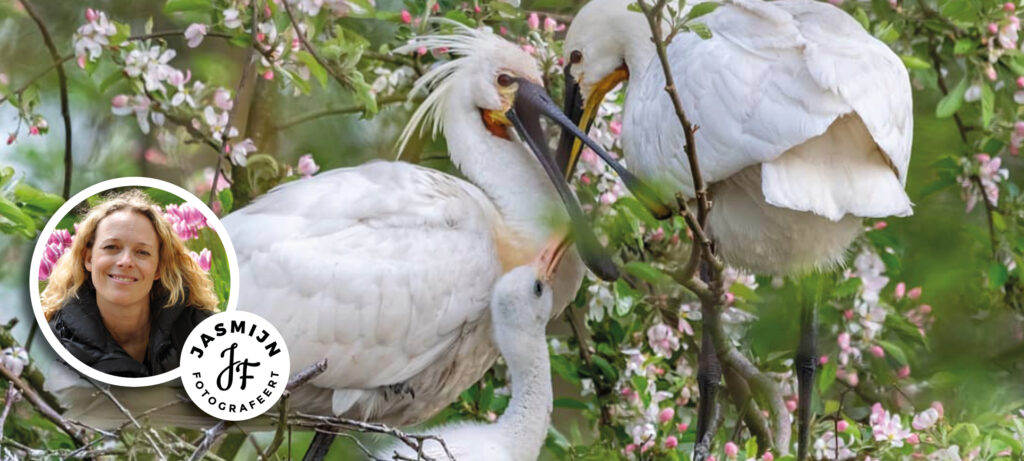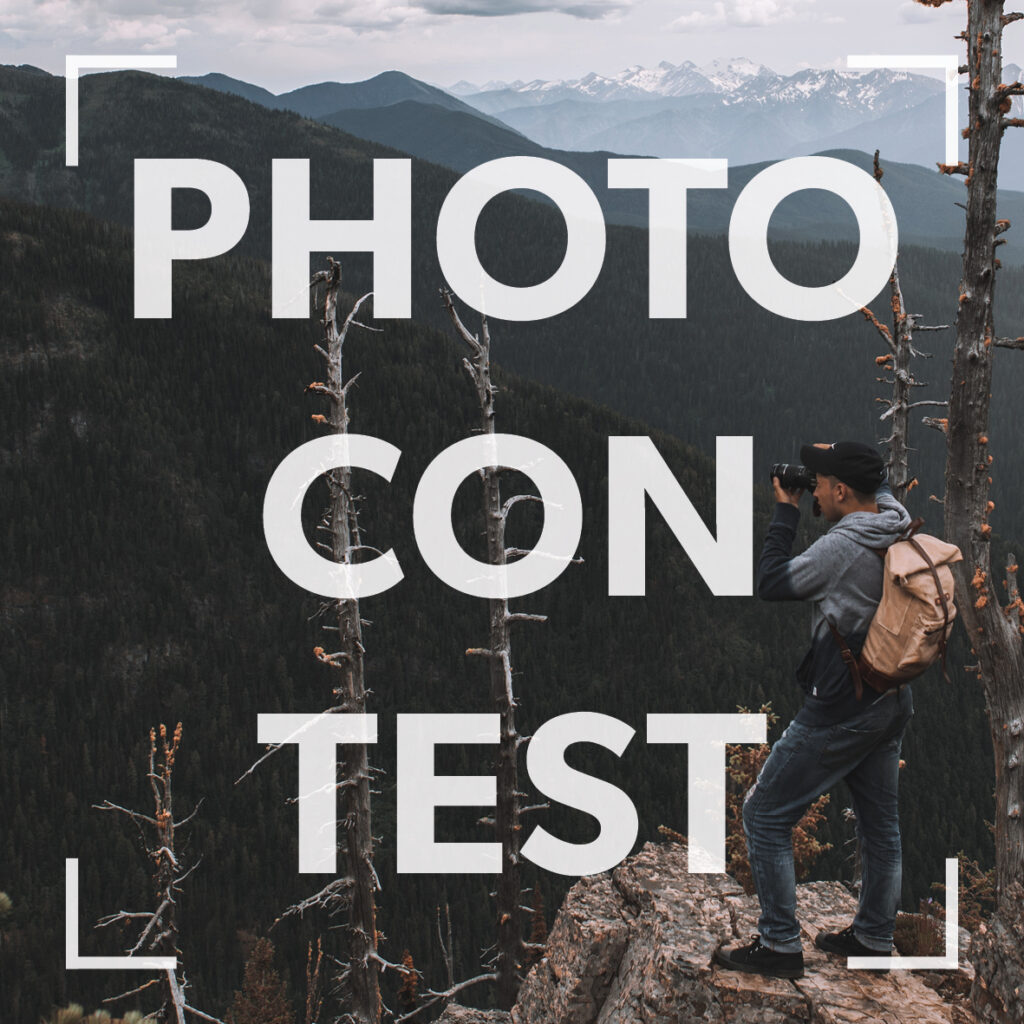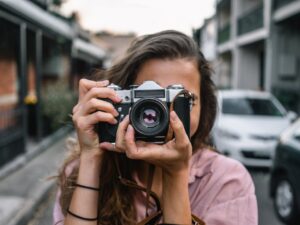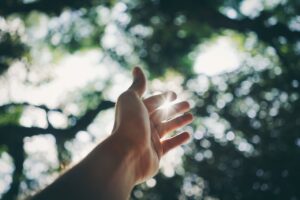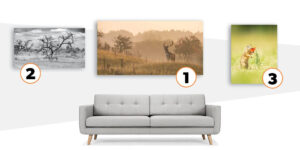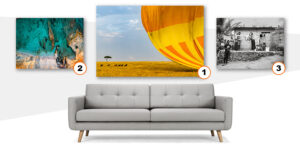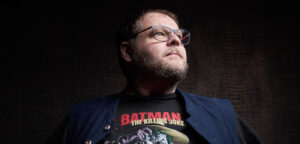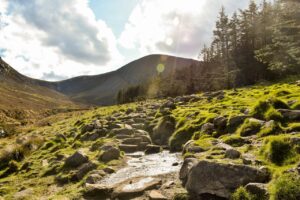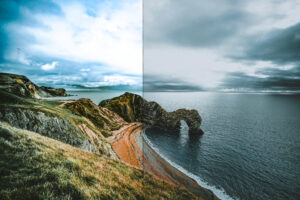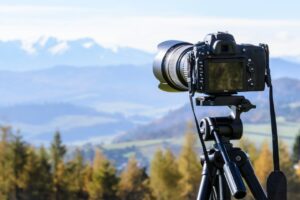Jasmijn is the jury for the current Photo Contest. She’s an animal photographer, so she’s the perfect person to judge the submissions. Her tips are interesting, even if you’re not an animal photographer!
What is so interesting about animal photography?
Animal photos are particularly interesting when they actually move you and tell a story. Don’t capture them as things, show them as animals of flesh and blood. Show their emotions and your photo becomes a story.

The biggest challenge
The story in your photo is important for its success. That’s also the biggest challenge. You’ll have to be patient enough to await interesting moments. If you know the animals and their behaviours, it’s easier to predict the special moments. So, my advice: learn all there is to know about the animal, and learn about its environment.

Tips for editing
The eyes are the windows to the soul. If you truly want to show the animal, it’s important to show the eyes. Make sure the eyes are well lit and in focus. If necessary, edit the eyes in post. Lighter parts of a photo attract attention. Because you’ll always want the eyes to emphasize the eyes, make sure they reflect light. If your can’t see any reflections in the eyes, they look lifeless. The lights in the eyes give the animal its energy, emotions and personality. (The same advice goes for portrait photography with people as the subject).
Locations for your animal photo
I love going to bird watching huts in the Netherlands. Also, I’d recommend the Oostvaardersplassen and the Amsterdamse Waterleidingduinen. I like the polders there, too, especially in springtime.
Tips for your gear
When you photograph birds, you’ll need (at least) a 500mm lens. The lens is more important than the body, so don’t skimp on the lens. Photography is an expensive pastime, unfortunately. People who attend my workshops are sometimes disappointed with their results when they bring their 300mm lenses. Those are, unfortunately, too short to photograph smaller animals from great distances.

Composition tips in animal photography
Give the animal space. When the animal is walking from left to right, leave some space on the right. That way it feels like there is room for it to walk. Otherwise it looks like it’s trapped in the photo. That makes the photo feel unbalanced.
Tips for use of colors
Keep your colors natural. I often feel that people use too much saturation. I rather use the slider for vibrance. That one lets you add color without losing the natural colors.
How will Jasmijn judge the submissions in the Photo Contest?
This is how you win Jasmijn’s vote:
- Does the photo move me?
- Is it a dynamic photo, or does it feel static?
- Does it tell a story?
Bonus tips for your animal photo:
Make me laugh
Make me laugh with your animal photo! Get creative and create a fun photo. Example: take a close up photo with a wide angle lens. That usually gets you some funny distortions.
Emotions
Show me the animal’s emotions through their eyes, their pose or their behaviour. A proud dog, a curious little squirrel, a perky robin, a caring daddy woodpecker that brings up his babies with lots of love … their stories add an extra layer to your photography. Interesting interactions between animals can get you similar results.
Background
Your photo’s background is important. Take a step left or right, backwards or forwards if that improves your composition. That way you will have different angles to choose from later. Sometimes the background plays a huge part in your photo’s story.
Composition
Make your image more interesting by not putting the subject in the middle of the photo. With animal photography, the rule of thirds is not always applicable, although I usually try to use it for my compositions.
Do you have the perfect animal photo? Upload it in the Xpozer Photo Contest and you might win an Xpozer 4Pack! Need more inspiration first? Check out Jasmijn’s work on Instagram.
You might like these blogs too:
3 ways to capture motion in a photo

